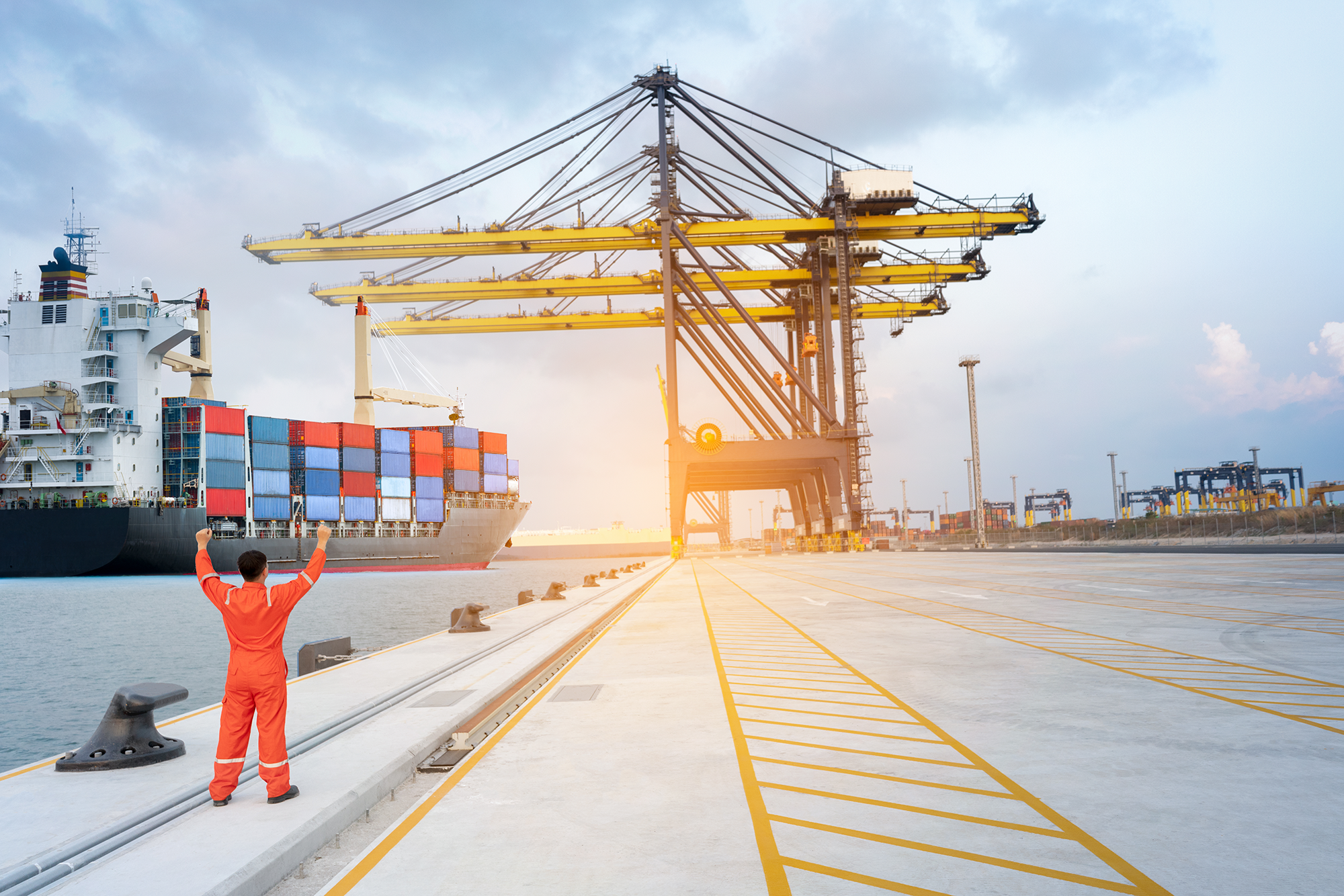 crew man flagging down a cargo ship
crew man flagging down a cargo ship
In a decade of miserable trade growth, 2019 is set to make the record books for all the wrong reasons. Since the Great Recession, trade growth hovered around 3 percent per year, down from the 7 percent growth rates for the two decades preceding the crisis. This year world trade is expected to grow slightly above 1 percent. We find that policy uncertainty might account for almost half of the slowdown of world trade growth in 2019.
A growing body of work analyzes the determinants of the slowdown in global trade. Research at the World Bank and elsewhere previously attributed the slowdown to changes in the composition of economic activity away from import-intensive investment, sluggish global value chain growth, the end of trade liberalization and the beginning of trade protectionism.
Our research suggests a negative association between world trade growth and policy uncertainty. The chart below juxtaposes the growth in volume of world merchandise imports against an index of global economic policy uncertainty. The particularly weak trade performance since mid-2018 has coincided with unusually high levels of economic policy uncertainty.
World import growth and policy uncertainty, January 2012 to June 2019
Economic policy uncertainty may lower trade growth in two ways. First, a rise in policy uncertainty reduces trade indirectly by reducing GDP growth. In a less-certain environment, firms may choose to postpone investment decisions, consumers may cut back spending, and banks may increase the cost of finance. Second, policy uncertainty may affect trade directly by affecting firms’ decisions to invest to serve foreign markets or to source inputs internationally.
Our research covered 18 countries over 24 years. The results, which are robust across a wide range of specifications, suggest a statistically significant negative relationship between policy uncertainty and trade growth. A one percent increase in uncertainty is associated with a 0.02–percentage point reduction in goods and services trade volume growth. Based on these estimates, the increase in economic policy uncertainty since mid-2018 may have caused a 1 percentage point decrease in world trade growth.
The impact on components of trade helps illuminate the economic channels through which policy uncertainty affected trade. We find that uncertainty negatively affects imports of capital goods as well as imports used to produce exports. These findings are consistent with the view that uncertainty reduces trade growth by dampening foreign firms’ incentives to invest in serving the market, by inducing consumers’ precautionary saving and by affecting firms that are part of global value chains.
Our analysis highlights the malign effects of policy uncertainty, but more research is needed to draw firm conclusions.
- First, it is hard to infer a causal relationship between policy uncertainty and trade because policy itself responds to economic circumstances and is likely to be forward-looking.
- Second, it is difficult to disentangle the contrasting forces that affect how uncertainty interacts with firms’ choices to structure production across different countries.
- Finally, it would help to separate the impact of trade policy uncertainty from that of economic policy uncertainty more broadly, as well as the impact of domestic policy uncertainty from that of foreign policy uncertainty.





Join the Conversation